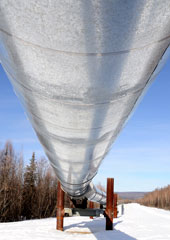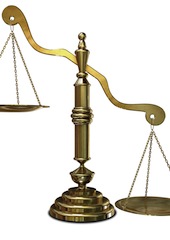Energy: Subsidizing the Rich
How do energy subsidies benefit the upper and middle classes at the expense of low-income people?
December 31, 2013

1. In 2011, $2 trillion in fiscal resources was spent on energy subsidies worldwide, including non-green, legacy energy sources.
2. Total energy subsidies are equivalent to 2.5% of global GDP.
3. In developing countries, many of these subsidies benefit the middle and upper classes.
4. On average, the richest 20% of households in developing countries capture 43% of total fuel product subsidies — compared to only 7% by the poorest 20%.
5. Energy subsidies are not reaching the poorest households and are diverting public resources away from spending on health and education.
6. Removing these subsidies would benefit the planet, reducing CO2 emissions by an estimated 13%.
Takeaways
Removing unnecessary dirty energy subsidies would benefit the planet, reducing CO2 emissions by about 13%.
In 2011, $2 trillion was spent on energy subsidies worldwide, including on non-green energy.
The richest 20% of households in developing countries capture 43% of total fuel product subsidies.
Author
The Globalist
Read previous

New Approaches to Inequality
December 31, 2013